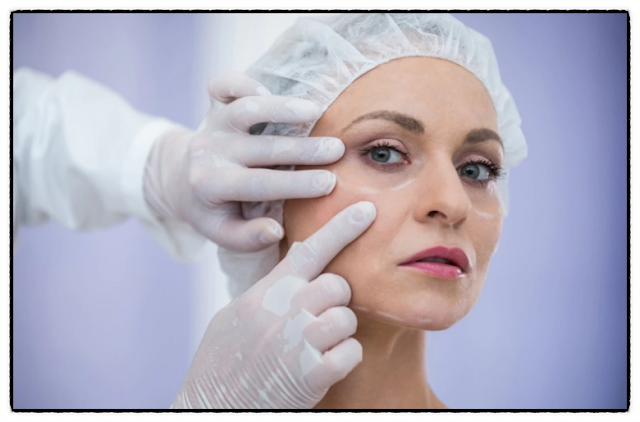Postoperative care is important for plastic surgery success
Postoperative care is important for plastic surgery success
For the complete success of plastic surgery, follow-up care after surgery is important. If follow-up care is not done properly, there is a risk of reoperation and the effect cannot be seen much. Care after plastic surgery varies depending on what kind of surgery was performed, and the timing and interval of care may also vary for each surgery.
Day 1
It is important to keep in mind that after the first day of plastic surgery, it is the time when hemostasis should be performed immediately after surgery and you should never touch the surgical site.
Days 4-10
Four to 10 days after plastic surgery, an inflammatory reaction occurs due to tissue damage in the area where the surgery was performed, and the swelling is the most severe and the pain is severe. It's time to start taking care of the surgical site in earnest, so you should take care of bruises every day.
30 days ~ Reshaping time
30 days after plastic surgery, blood management of tissues is produced during the proliferation period, and the wound heals and settles due to the proliferation of fibroblasts. This is the time to manage swelling that does not go away well until the end, called residual swelling.
Finally, it is the time of reshaping, which refers to the time of recovery of wounds caused by collagen production or scar formation up to several months.
When performing plastic surgery, a strong antiseptic such as betadine is used as it is a knife operation, but there is a risk of damage to the skin because it is used on delicate skin.
However, after the operation is over, water should not enter the surgical area with tape and gauze attached, and it will not be possible to wash it properly, so care must be taken thoroughly from the moment the gauze is removed from the surgical site.
Areas with edema
It is not recommended to apply physical force to the area with swelling. If the surgery is performed using a prosthesis, a little space is left around the implant when the implant is inserted, and asymmetry may occur as the implant moves towards it.
Poultice
It is helpful to apply ice packs especially on the first day of surgery. But it is recommended to use them occasionally when the swelling is severe because continuing to put a cold ice pack on the surgical site can lead to bad results.
Replacing gauze
It is said that the gauze is uncomfortable over the surgical site, so replacing it alone at home can be quite dangerous. Therefore, when removing gauze at the surgical site, be sure to seek the help of a hospital professional.
What to eat after surgery
After surgery, food management is also important. If you continue to eat spicy and salty foods, swelling may worsen at the surgical site, so be careful and aware of this. Eating soy, which helps blood circulation, helps to remove swelling at the surgical site and helps the wound heal. Drinking plenty of water can also help, which helps remove waste from the body.
Hue Light’s whole-body PBM Chamber











Comments
Post a Comment